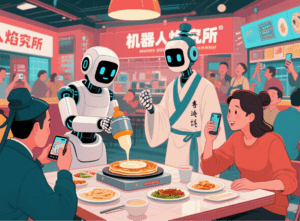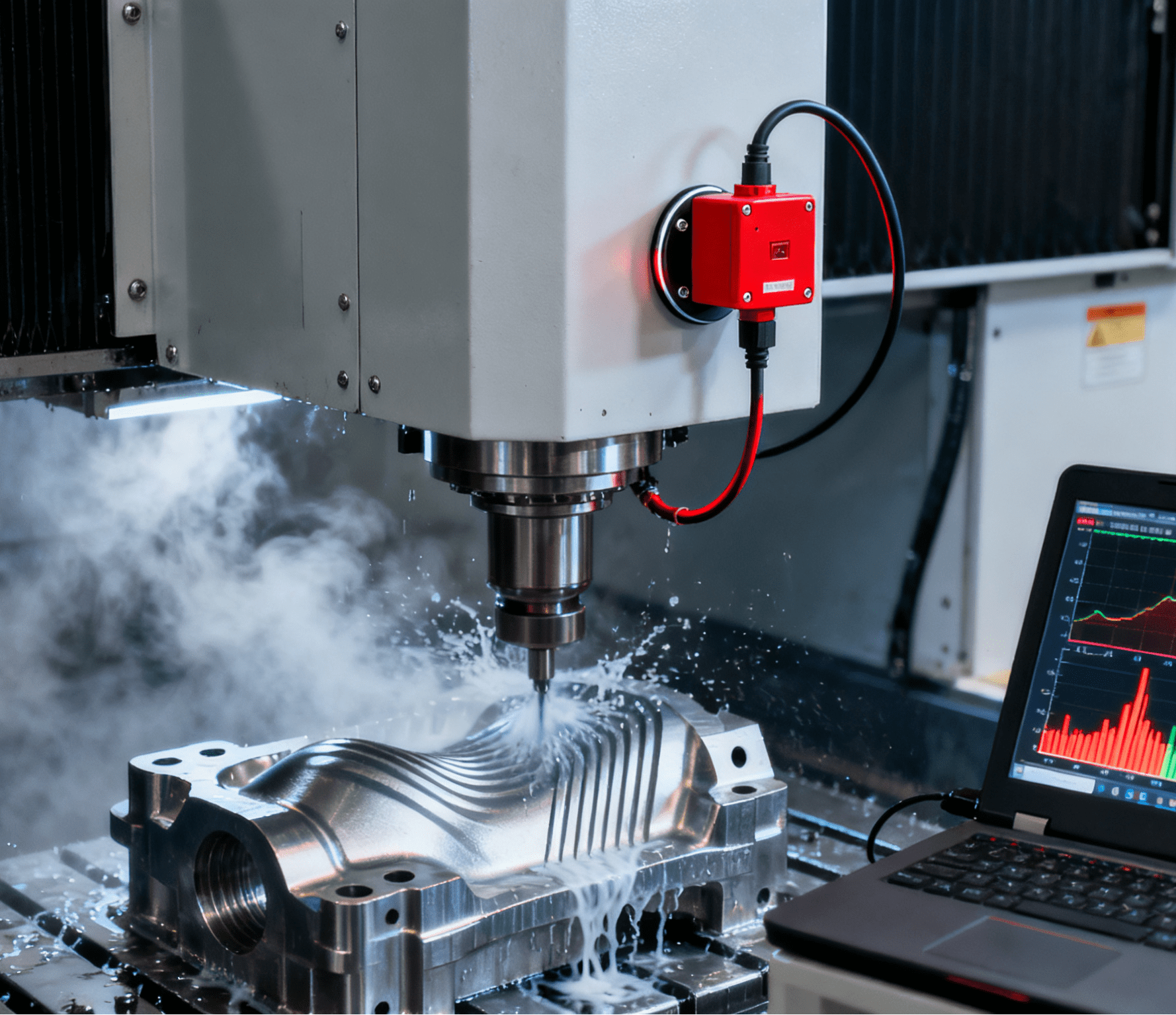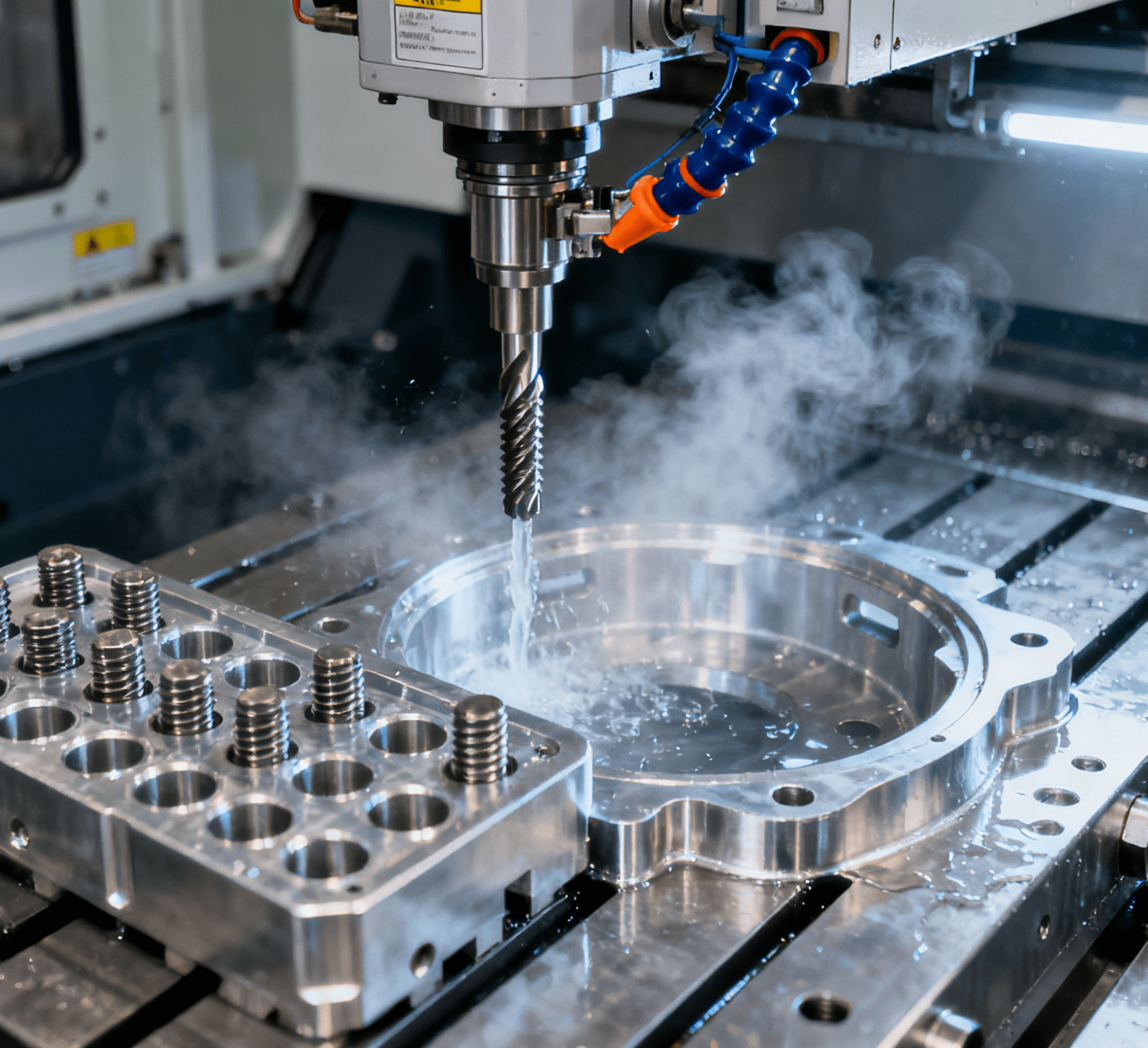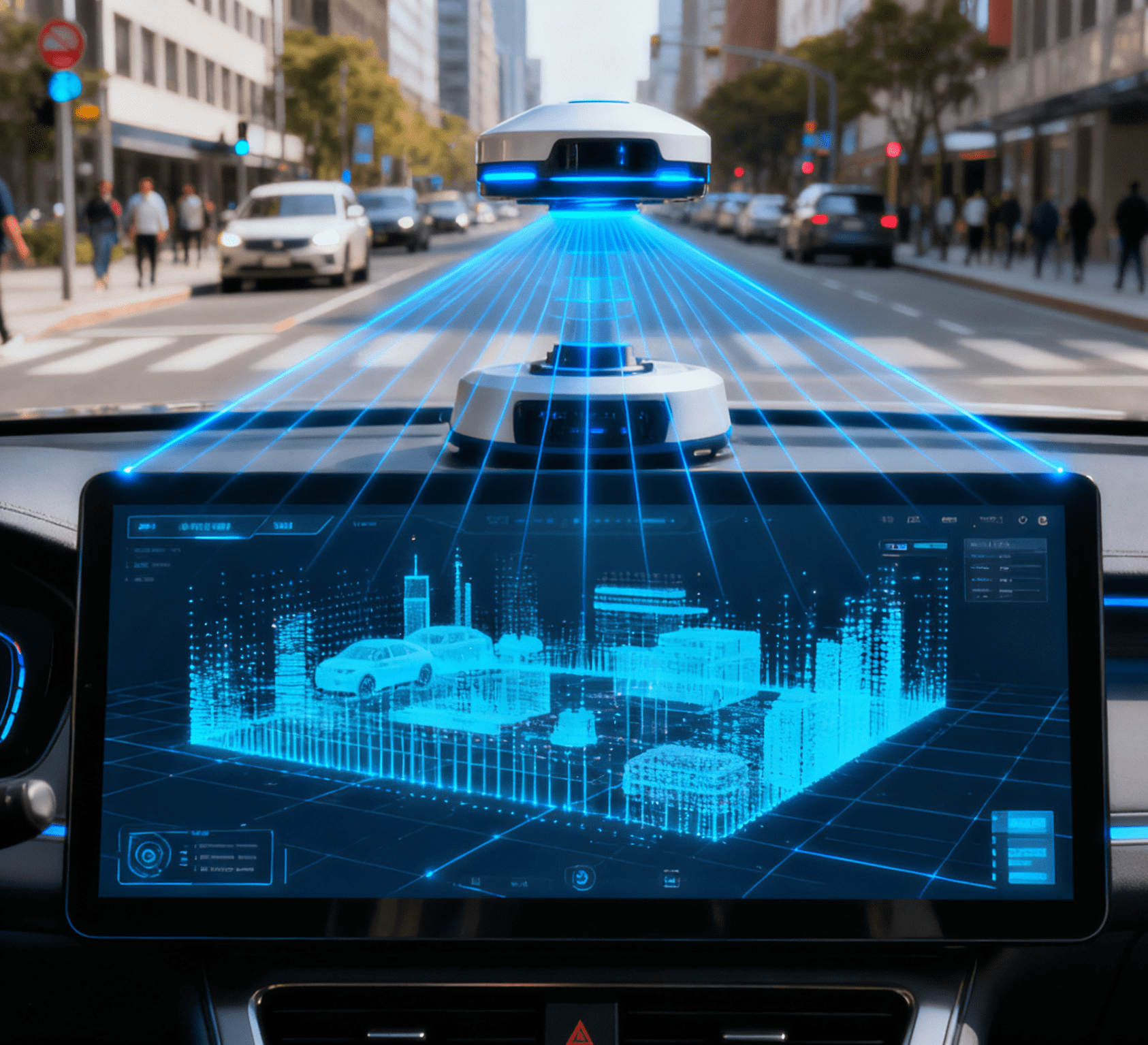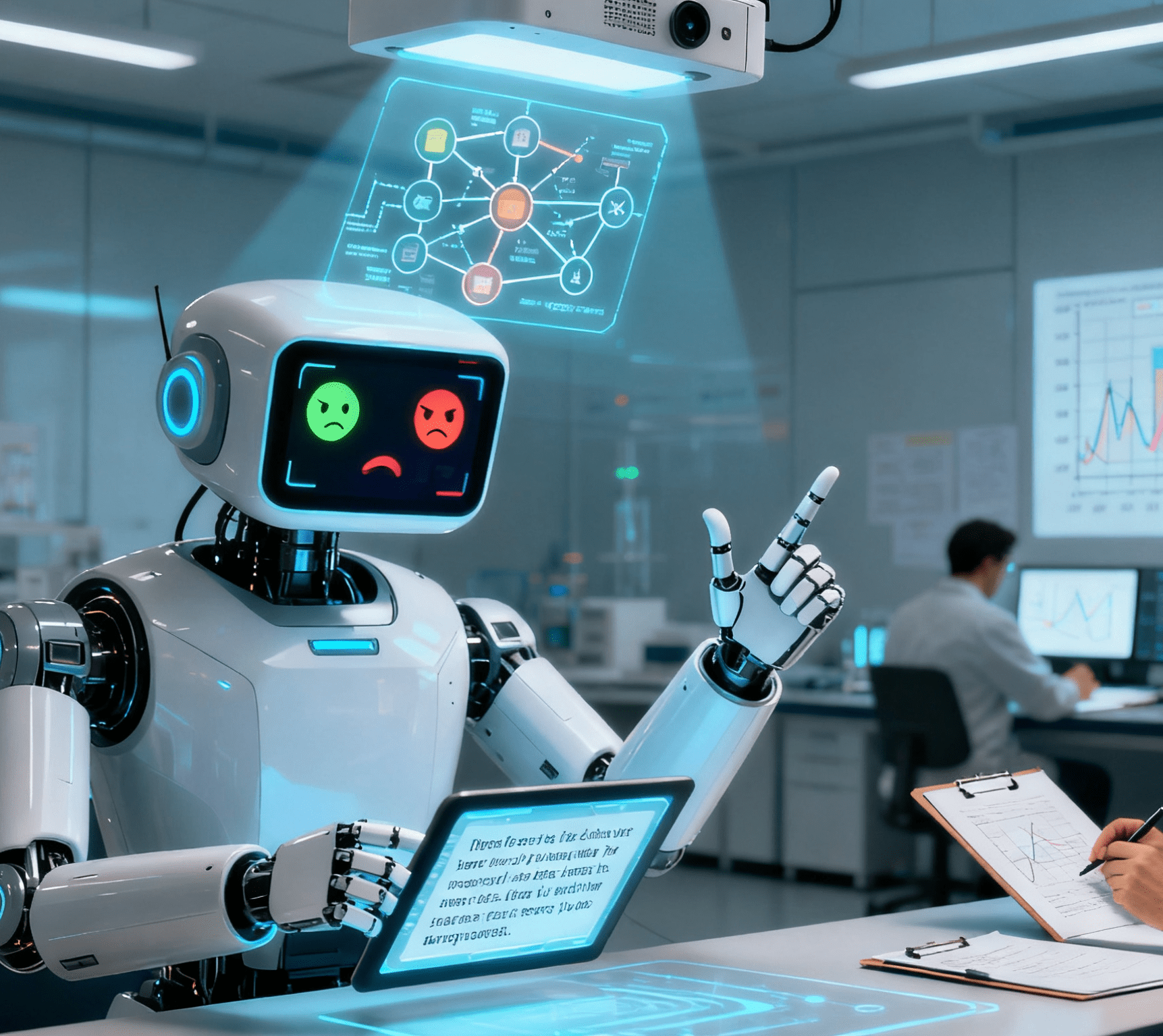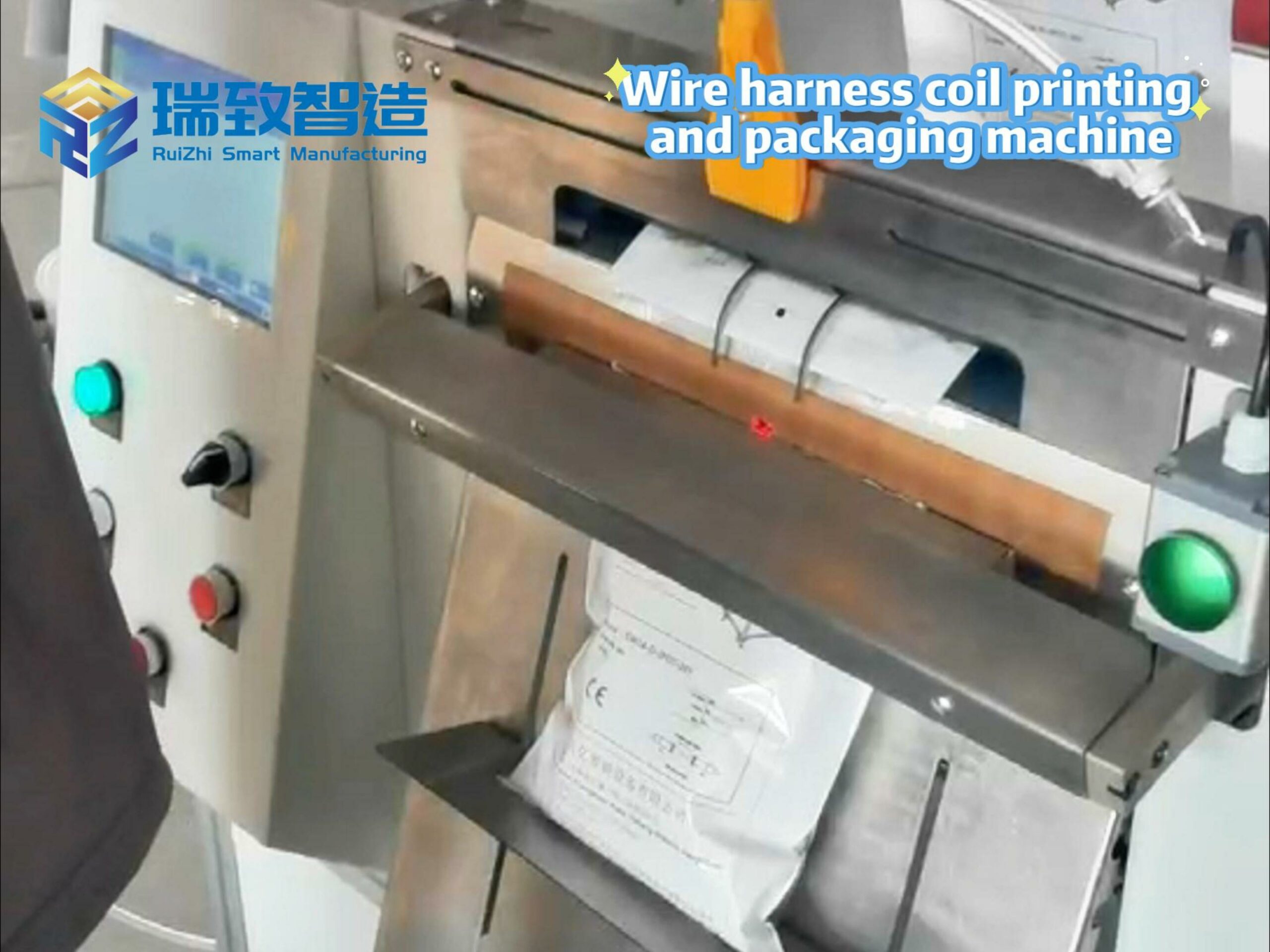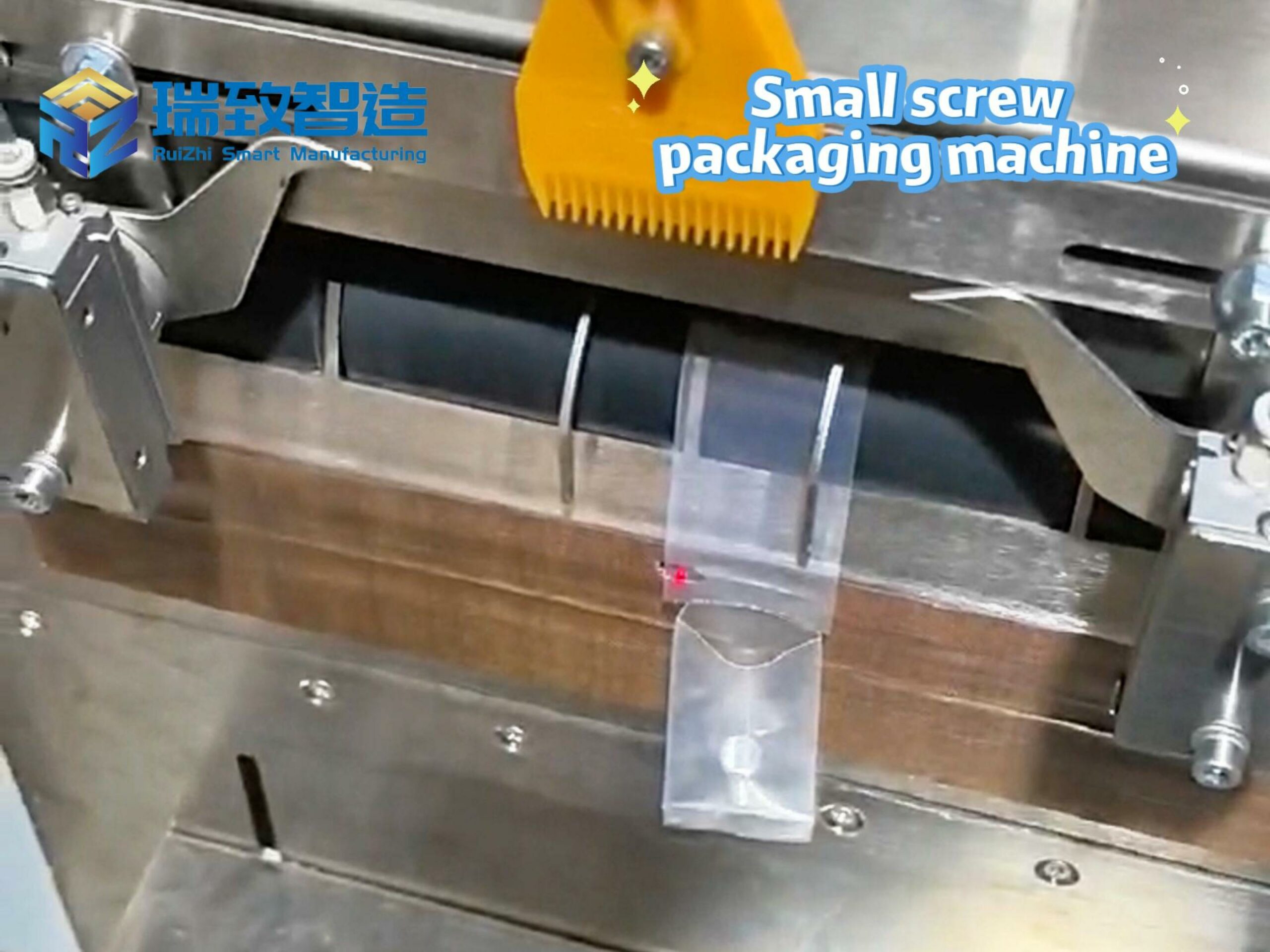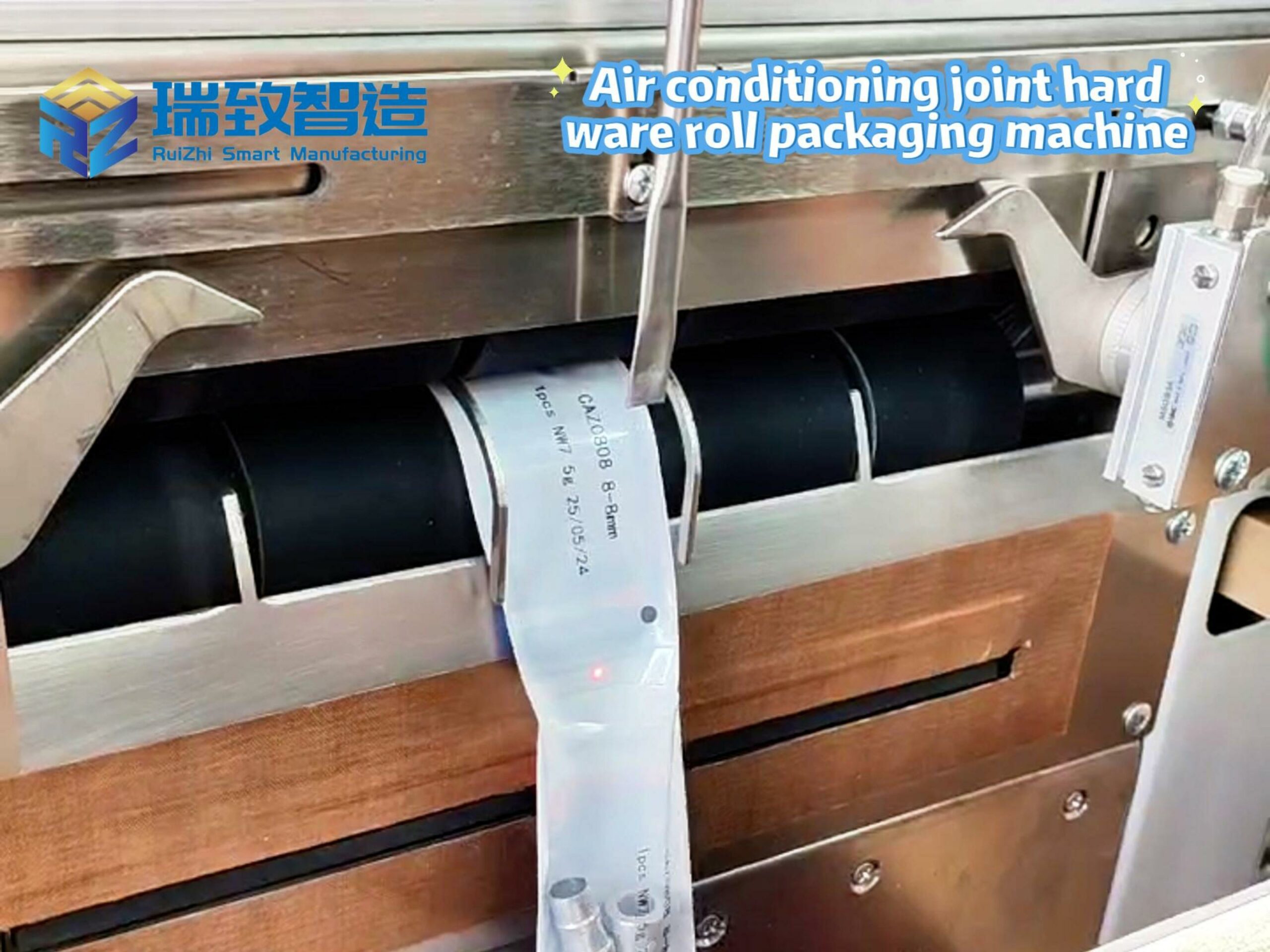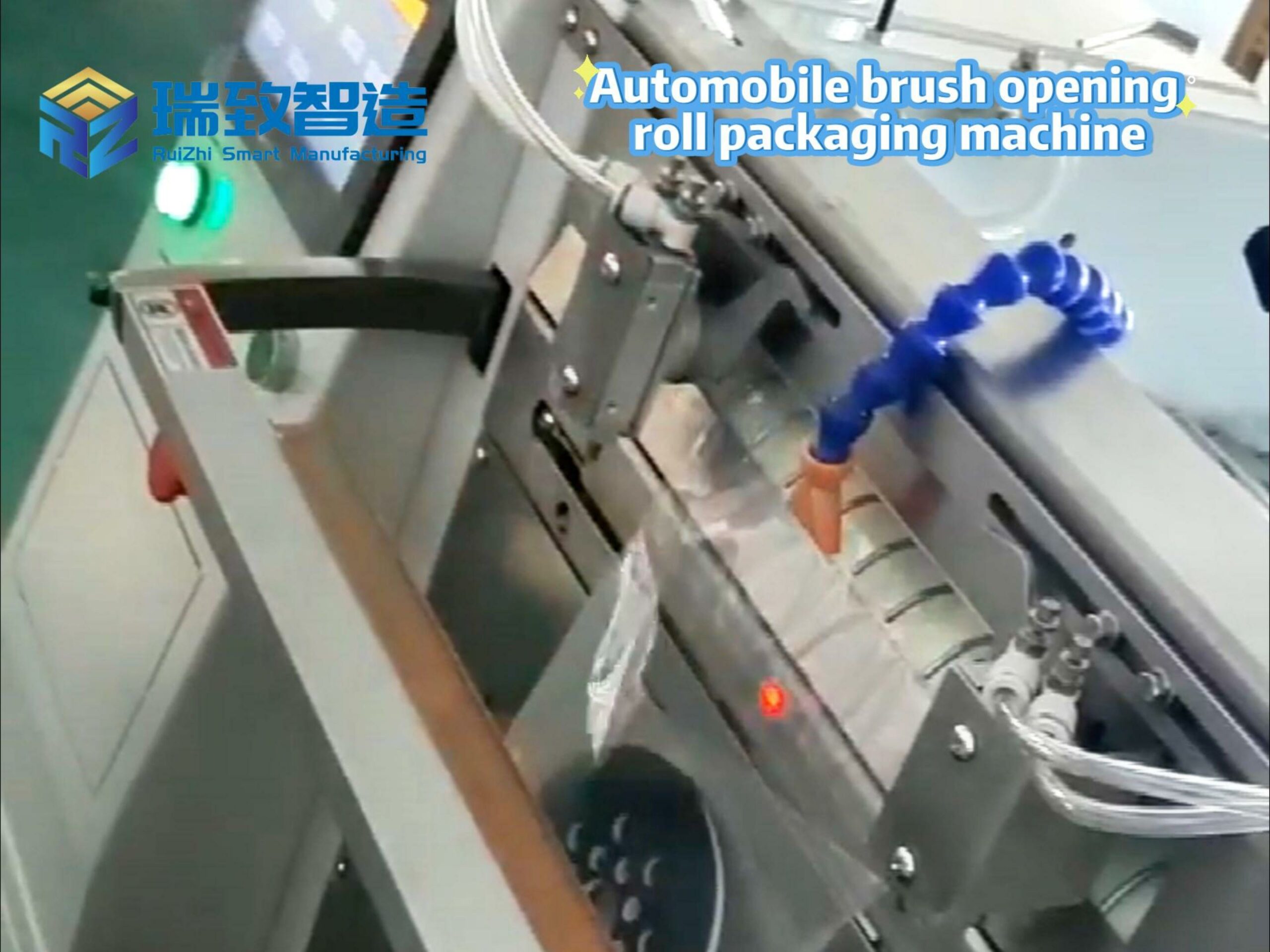On August 2nd, Beijing Economic and Technological Development Zone (BDA) launched the world’s first festival themed on robot consumption – the E-Town Robot Consumption Festival. This year’s festival will be held simultaneously from August 2nd to 17th at six major business districts, including Beiren Yichuang International Convention and Exhibition Center, Robot World, Longfor Beijing Yizhuang Tianjie, and Hans Laser Plaza.
On August 2nd, Beijing Yizhuang kicked off the world’s first robot consumption-themed festival – the E-Town Robot Consumption Festival. This festival features four major consumption scenarios, enabling a one-stop “shopping while browsing” experience. Among them, the world’s first embodied intelligent robot 4S store mainly targets enterprise users, covering 7 types of scenarios such as medical care, family, industry, and bionics, with more than 50 products.
In the exhibition hall of Beiren Yichuang International Convention and Exhibition Center, over 50 types of robots form a panoramic picture of future life: while the Xinghaitu R1pro nursing robot measures blood pressure for visitors, the Unitree G1 quadruped robot at the adjacent booth is performing backflips; in the “Robot Flame Research Institute” themed restaurant, the pancake robot accurately squeezes 150g of batter per minute, while the Li Bai robot recites “The torrent flies down three thousand feet” with diners. Behind this immersive experience is the “four-dimensional consumption matrix” carefully designed by Beijing Yizhuang – the world’s first embodied intelligent robot 4S store provides full-process services from experience to maintenance,online zone offers over 680 products to meet price comparison needs, and more than 600 merchants in six major business districts allow robot consumption coupons to be directly deducted from bills.
The retail sector has become a training ground for robots. The AGV robot cluster at Asia No.1 Warehouse can complete 8,000 orders per hour with an accuracy rate of 99.99%; the UBtech Cruzr robot in supermarkets can accurately guide customers to find the required products and broadcast promotional information in real-time, increasing the sales of specific products by 37%. More breakthroughs can be seen in unmanned convenience stores: Cheetah Mobile’s Leopard Convenience system realizes “grab and go” through visual recognition technology, reducing checkout time to zero and increasing the labor efficiency of a single store by 4 times.
The robot revolution in the catering industry is more down-to-earth. PuduTech’s food delivery robots serve in 30,000 restaurants across the country, delivering over 2 million meals daily; the pizza-making robot introduced by Pizza Hut automates the entire process from dough rolling to baking, with an hourly output 1.5 times that of traditional manual work. At Yizhuang’s “Robot Flame Research Institute”, the egg-frying robot can control the doneness of egg yolks according to diners’ requirements with an error of no more than 5 seconds. This precise service is redefining the standards of catering consumption.
The penetration rate of household scenarios is accelerating. The Ecovos X2Pro floor-cleaning robot can automatically avoid small obstacles such as data cables through AI visual recognition, with a cleaning efficiency 60% higher than traditional models; the elderly care robot “Xinghaitu R1pro” can monitor the heart rate of the elderly and remind them to take medicine, and has entered more than 200 community elderly care stations in Beijing. Data shows that the market size of China’s household service robot market will exceed 80 billion yuan in 2025, among which educational and companion products will grow the fastest, with a compound annual growth rate of 41%.
Behind this consumption carnival is the industrial ecological moat built by 110 robot enterprises in Beijing Yizhuang. Under the framework of the “Three-Year Action Plan for High-Quality Development of the Robot Industry”, a complete industrial chain from chips to complete machines has been formed here – the robot density of 365 units per 10,000 people in above-scale industrial enterprises is 4.2 times the national average; the R&D investment with a compound annual growth rate of over 50% has spawned humanoid robots like Tiangong 2.0 that can run like humans with pure electric drive.
The chemical reaction between policy innovation and market mechanisms is particularly remarkable. The 10 billion yuan government guidance fund has not only incubated specialized and sophisticated enterprises focusing on dexterous hand research and development but also, through the “50 Application Scenario Demonstration Projects”, enabled robots to complete on-site domestication on the operating tables of Yizhuang Hospital, in the corridors of nursing homes, and on the lawns of parks. This positive cycle of “technology research and development – scenario testing – consumption feedback” has made Yizhuang’s robot industry output value account for half of Beijing’s total, and is expected to exceed 10 billion yuan in 2025.
From code scanning payment to intelligent shopping guidance, from unmanned delivery to family care, robots are empowering every link of consumption with technology. When steel bodies start to understand human consumption needs, this intelligent revolution is not only improving efficiency but also reshaping the consumption civilization where humans and technology coexist.
How to correctly use the Merach waist training machine?
Introduce the product advantages of the Merach waist training machine.

